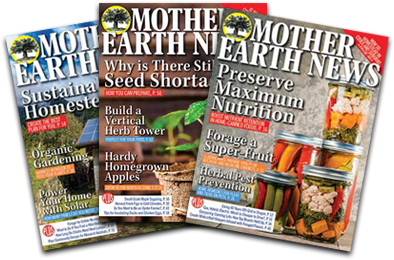Become Active in Local Agriculture
Becoming active within local food systems can be as easy as mixing soil and water. It can also be a great way to meet local farmers, reduce CSA membership fees, and learn about organic gardening.
Learning how to make a soil block is a simple skill capable of permitting one to become involved within their local CSA or farm and may be used as a key to open doors to other food systems, local or worldwide. Once making a soil block is learned, it can go on the resume and traveling by organic gardening may one day be an open door. Or the next family trip.
I recently had the opportunity to attend a trial day at my local CSA, Fertile Grounds, for a chance to work in their greenhouse. I can now work for an hourly credited rate towards membership fees or value-added products sold at the farmers market, also known as greenhouse work exchange. This is where I learned how to make a soil block.
How To Make A Soil Block
The soil block making area consists of pallets laying on top of blue, plastic barrels inside the greenhouse. The barrels are filled with water to increase thermal mass. Saved plywood is placed on top of the pallet to form a flat table surface. Cement blocks are available to stand on.
First, know where there’s water and soil mix. A lot of both will be needed. Second, gather as many 5-gallon buckets as possible. Fill two buckets with soil mix and the rest with water and carry them all to the soil block making area.
Next, all the soil needs to be wet, so start pouring water into the buckets filled with soil mix. As buckets filled with water are emptied, fill them up with dry soil mix and continue to pour in water. Use one, 5-gallon bucket of water for every two, 5-gallon buckets of soil mix. Once the water bubbles to the bottom it can be lifted and dumped on top of the table. Gloves come in handy.
Level the pile of wet soil somewhat and prepare to make mud. Well, almost. Create a hole in the middle and pour in more water. Fold the ingredients. The batter should be almost soupy. There should be excess water on the table surface. It’s perfectly fine if it’s running off the back and front. It should be. The excess water usually soaks into my t-shirt and pants, leaving me looking like a messy cook with no apron.
The tool used to form the soil into blocks is called a soil block maker. They come in many shapes and sizes, but the one at Fertile Grounds makes 4, 2-inch blocks at a time. Take the soil block maker and push it into the almost soupy soil a few times to make sure the soil is compact in each block mold. Scrape the bottom of the soil block maker on the table surface to level the soil if too much is pushed in. This way, all the soil blocks will be the same height – 2-inches.
Next, take a germination tray lined with a layer of newspaper on the bottom and begin to fill the tray by pushing out the soil blocks from the soil block maker. Each tray holds 50 soil blocks.
If the soil block is too dry, it may discourage germination or make the greenhouse manager have to water too frequently. And watering is not too fun, according to the greenhouse manager. If the soil block is too wet, it will not form into a block and more soil mix must be added. When the soil blocks are pushed out of the soil block maker it is good to see water oozing out from the top. I like watching the excess water be absorbed back into the soil block. That tells me it’s a good one.
After filling up a tray, it is carried to the other side of the greenhouse where seeds will be sowed. Some other tasks of greenhouse work exchange may include setting up pallets inside the greenhouse, watering seedlings, and sowing seeds. Or anything else the greenhouse manager may ask.
Key Benefits of Greenhouse Work Exchange
Other than the obvious benefit of working off some of my membership fee, it feels good to work for food that is organically produced. Before each seed is sowed it must have a soil block to grow in. Being part of that initial step somehow makes me feel more whole inside.
As a member of a CSA I can expect to receive produce I’ve either never heard of, never seen in the grocery store, or would never try if I was not a member. This forces me to cook new foods and eat them. Now I also get to learn and watch how over 40 different crops are started from seed and grown.
And now that dream trip to faraway lands is becoming more realistic. With a few more practiced skills in the greenhouse, I may one day be ready for an entry-level traveling organic farming position. Until then, feel free to see what I’m growing at home in Pennsylvania.



